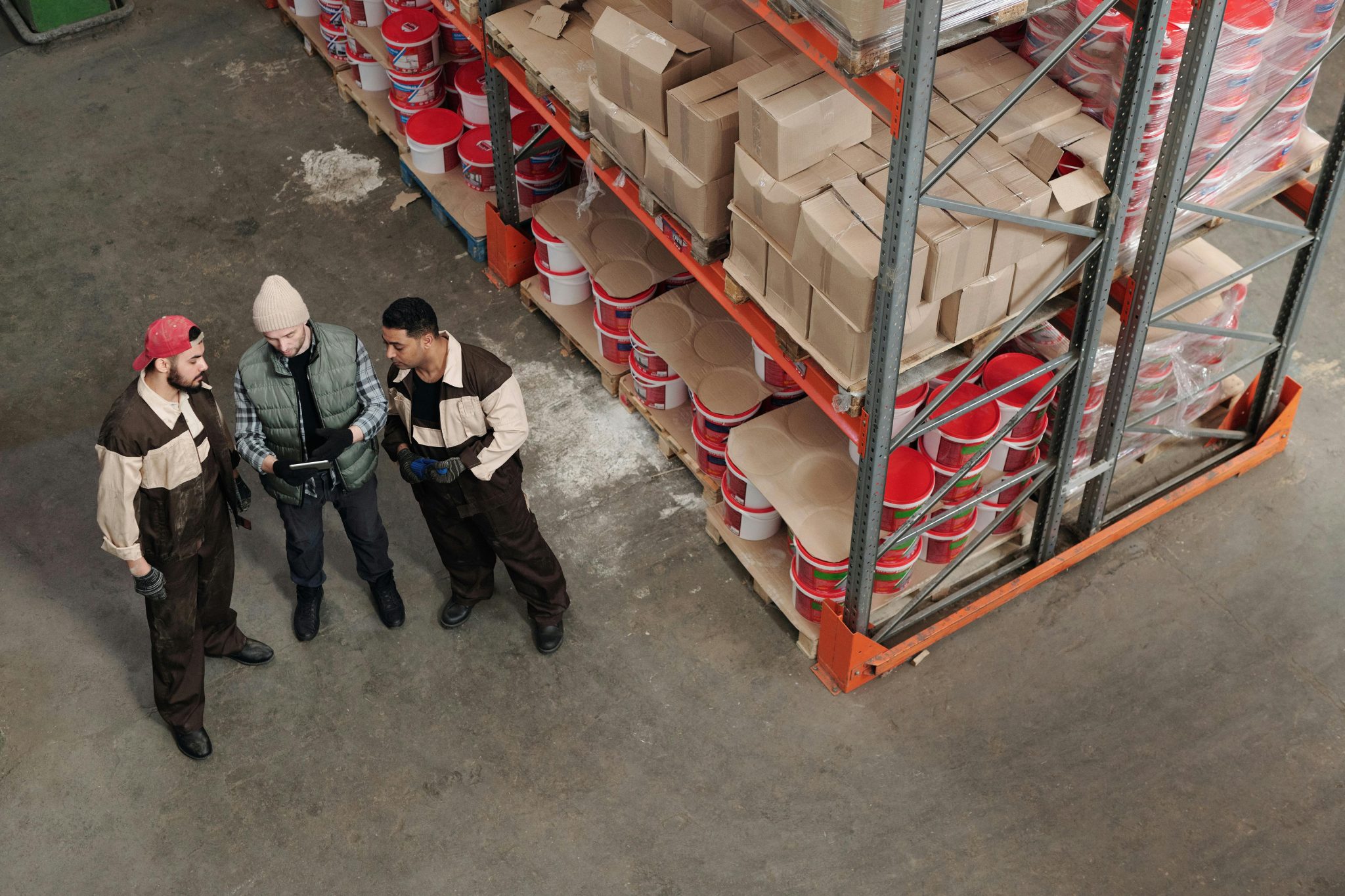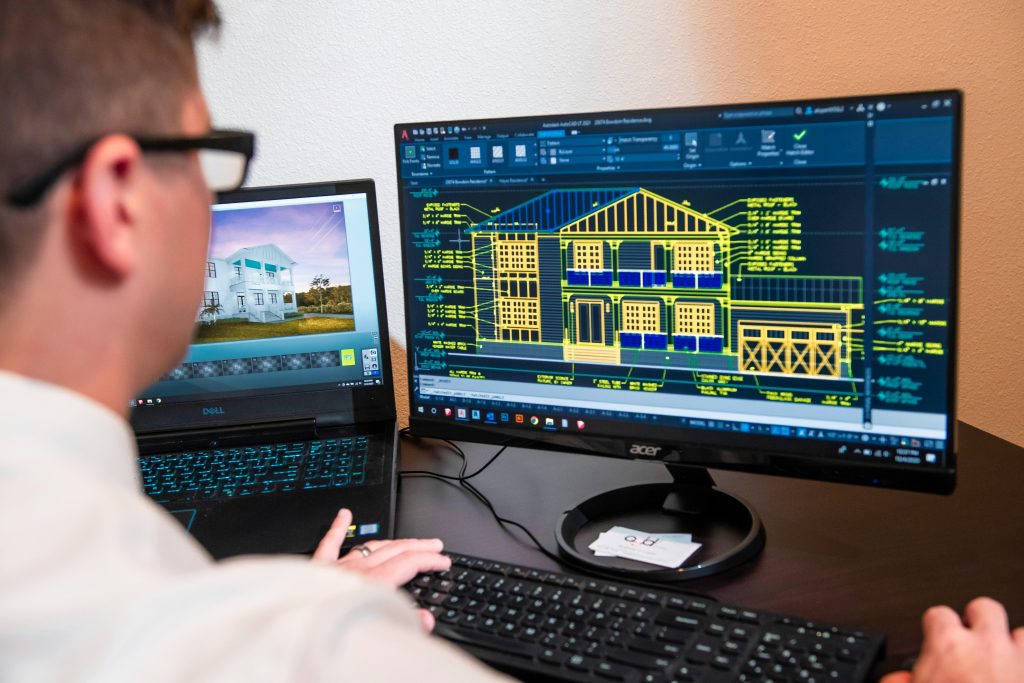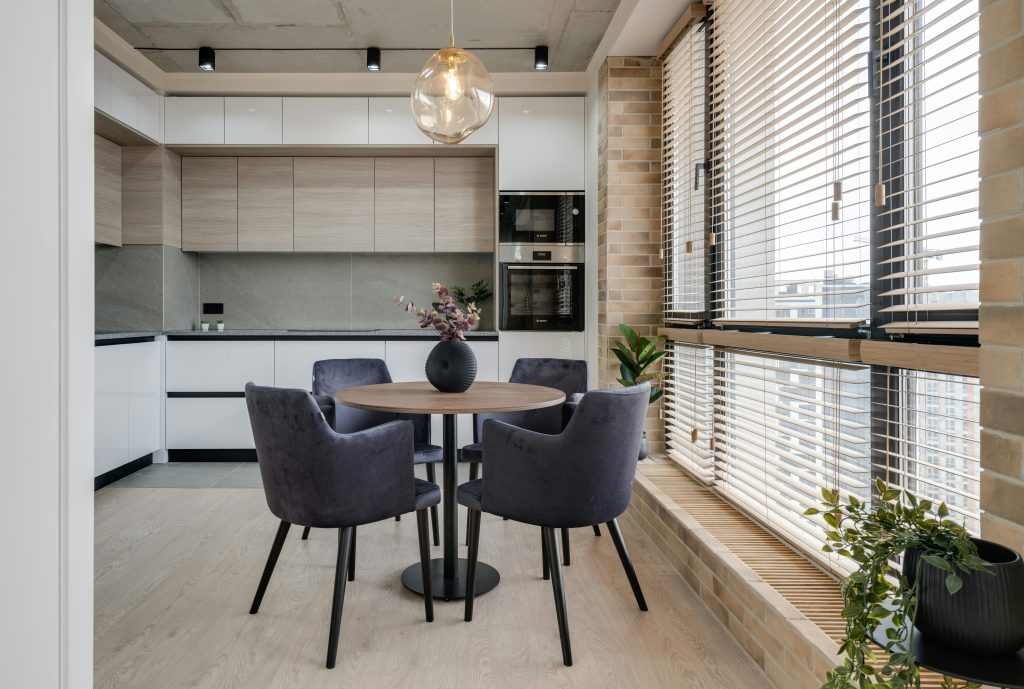The world of fashion has always been fast-moving, but in today’s digital-first economy, speed isn’t just about trends—it’s about technology. As more fashion retailers move their operations online, success no longer hinges solely on great products and smart marketing. Website performance, server optimization, and backend efficiency now play a critical role in whether a customer completes a purchase or bounces at checkout.
In particular, small- to mid-sized fashion businesses—especially those running their own e-commerce websites—face unique challenges: How do you handle traffic surges during seasonal promotions? How do you scale your infrastructure affordably without compromising site speed? And how do you maintain a user-friendly front-end while ensuring your hosting backend can support your growth?
This article explores how e-commerce store owners, particularly those in the fashion and boutique retail space, can optimize their digital storefronts for performance while keeping pace with evolving customer expectations and seasonal sales strategies.
Why Site Speed and Uptime Matter in Fashion Retail
When it comes to online shopping, customers don’t just expect a smooth experience—they demand it. According to recent studies, even a 1-second delay in page load time can reduce conversions by 7%. For fashion stores running flash sales or seasonal drops, the stakes are even higher. One glitch during a product launch or a slow-loading checkout page can lead to hundreds, if not thousands, of lost revenue.
For fashion retailers selling items like women sweaters on sale during the peak winter season, this is critical. Imagine launching a limited-time promotion on a curated knitwear collection, only for your site to crash under unexpected traffic. Not only do you lose immediate sales, but you also risk damaging brand trust.
This is where having a lightweight, high-performance tech stack matters, and platforms like CyberPanel (with LiteSpeed integration) give e-commerce entrepreneurs a significant edge. Fast server responses, efficient caching, and scalable infrastructure allow online retailers to maintain high availability even during unpredictable traffic spikes.
Inventory Planning and Hosting Readiness Go Hand in Hand

Let’s say you’re preparing to roll out a seasonal collection of outerwear, and your latest marketing campaign is driving a steady flow of visitors to your site. You’ve got the visuals in place, the social media strategy lined up, and your checkout process polished—but what about your server’s capacity?
Unfortunately, many boutique fashion businesses don’t think about hosting a performance until it’s too late. But just like ordering stock in advance, preparing your web server for increased seasonal activity is part of smart business planning.
For example, a vendor selling wholesale denim jackets might anticipate increased orders in early fall when layering becomes essential. As customer searches for transitional pieces spike, store owners must ensure their product pages load quickly, inventory systems sync without delay, and images remain high-resolution without compromising load time.
These backend functions can be optimized through:
- Efficient image compression
- Built-in LiteSpeed caching (with CyberPanel)
- Auto-scaling cloud environments
- CDNs (Content Delivery Networks) for global shoppers
- Staging environments for safe updates and testing
With a setup like this, retailers can confidently launch seasonal collections and marketing campaigns without backend disruptions.
Leveraging Technology to Enhance the Front-End Experience
While the backend powers your e-commerce site, the frontend is where your customers interact. Fashion is inherently visual, so presentation is everything. You want your collections to load fast, your lookbooks to be scrollable without lag, and your product zoom features to work seamlessly.
Here’s where smart design and hosting come together. Many fashion startups host their stores on platforms like WooCommerce, Magento, or OpenCart, which offer flexibility but can become sluggish if not optimized. Hosting on a platform like CyberPanel—with its support for LSCache, PHP optimization, and streamlined backend tools—can significantly improve frontend performance.
The outcome? When a customer clicks on your homepage to explore your latest knitwear, like the current women sweaters sale, they’ll encounter a seamless browsing experience with minimal load time and smooth transitions between product categories.
The Intersection of Fashion Trends and Digital Performance
Retail success is no longer solely dictated by style—it’s shaped by the ability to deliver that style quickly and intuitively online. Today’s customers aren’t just looking for cute jackets or stylish cardigans—they’re expecting curated experiences, fast recommendations, and mobile-optimized browsing.
That’s where digital optimization becomes part of your brand identity.
For instance, brands like Shewin have built reputations not only for offering on-trend boutique clothing but also for creating a consistent, tech-savvy shopping experience. Their platform is fast, responsive, and designed to scale with traffic. This type of forward-thinking infrastructure is becoming the benchmark for modern fashion e-commerce.
Independent store owners and smaller boutiques can take a page from that playbook by investing in tools and platforms that elevate both functionality and customer experience.
Cybersecurity and Data Protection: Often Overlooked in Fashion E-commerce

With great online success comes great responsibility. Fashion retailers are increasingly handling sensitive customer data, from billing information to personal preferences. A single breach can severely impact your brand’s credibility, especially if it results in lost customer trust.
That’s why secure hosting is no longer optional. Implementing SSL certificates, firewalls, and regular server updates should be standard practice. Solutions like CyberPanel offer integrated security features, including ModSecurity, malware scanners, and automatic backups—all critical for e-commerce store owners managing a growing customer base.
Additionally, as more customers demand transparency around how their data is stored and used, retailers need to stay ahead of compliance standards like GDPR and CCPA.
Preparing for Mobile-First and Voice Commerce
It’s no secret that a large percentage of fashion shopping now happens on mobile. Customers browse collections during their commute, compare products on their phones in-store, and complete purchases with mobile wallets.
For store owners, this means:
- Responsive design is mandatory
- Page elements must load fast, even on 4G connections
- Mobile checkout must be simplified (ideally, one or two steps)
Looking further ahead, voice commerce is poised to become a new frontier. As devices like Alexa and Google Assistant integrate more tightly with e-commerce platforms, optimizing your site’s structure and metadata will become increasingly important.
Conclusion
At the end of the day, your e-commerce store is more than just a digital catalog—it’s a living, breathing sales engine. And like any engine, it requires regular maintenance, optimization, and strategic upgrades to keep it running at peak performance.
With the right hosting infrastructure, smart scaling tools, and performance-focused planning, you can give your customers the fast, seamless, and secure experience they expect—and turn seasonal browsers into loyal brand advocates.




















